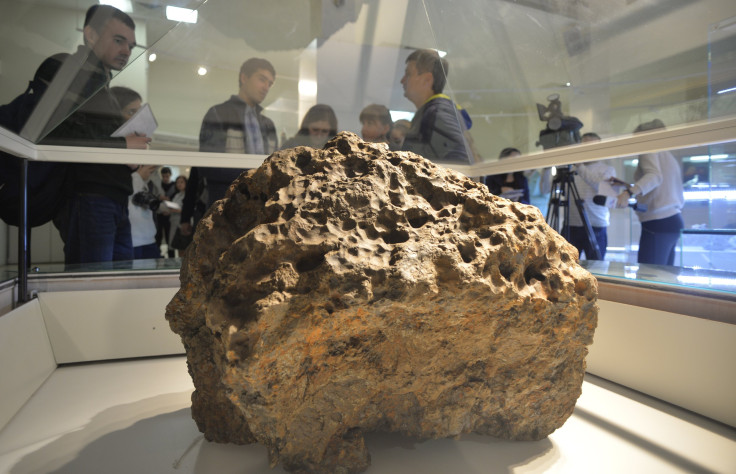NASA Inspector General Slams Near-Earth Object Program, Space Agency Will ‘Fall Short’ Of Detection Goal

An audit report from NASA’s inspector general criticized the U.S. space agency’s Near-Earth Object program, saying it will miss the goal of finding 90 percent of potentially hazardous asteroids by 2020. The report, “NASA’s Efforts to Identify Near-Earth Objects and Mitigate Hazards,” cites organizational issues as the main problem hindering asteroid detection.
“NASA has organized its NEO program under a single program executive who manages a loosely structured conglomerate of research activities that are not well integrated and lack overarching program oversight, objectives and established milestones to track progress,” reads the report.
The audit states NASA was tasked in 1994 with identifying potentially hazardous asteroids greater than 1 kilometer (0.62 miles) in diameter, as they pose the greatest threat to Earth. The NEO program was created in 1998 per the order of the House Committee on Science, Space and Technology. The NASA Authorization Act of 2005 required the detection of 90 percent of NEOs of 140 meters (around 459 feet) or larger by 2020, notes the report.
While the focus is on asteroids that are 140 meters or larger, smaller asteroids can also be devastating. The report uses the Chelyabinsk meteor that hit Russia in 2013 as an example. At 18 meters (59 feet) in diameter, the meteor exploded “with the force of 30 atomic bombs, blowing out windows, destroying buildings, injuring more than 1,000 people and raining down fragments along its trajectory.”
Despite a $40 million budget in fiscal year 2014, the NEO program has detected just 10 percent of potentially hazardous asteroids that meet the 2005 criteria. The audit does note the NEO program has detected and plotted the orbits of 11,000 NEOs since 1998.
In order to improve NASA’s NEO detection, the audit recommends establishing a formal program that conforms more to the space agency’s requirements for other programs. Other recommendations include internal controls to assess and address shortcomings and improve staffing and management. Formal partnerships, with Russia's Roscosmos or the European Space Agency, could also improve NEO detection.
NASA launched the "Asteroid Grand Challenge" in 2013 to detect all potential threats. The effort will include formal partnerships with commercial companies and government agencies and encouraging citizen scientists to aid in asteroid detection. The UN also established an asteroid defense plan following the Chelyabinsk meteor.
© Copyright IBTimes 2024. All rights reserved.






















